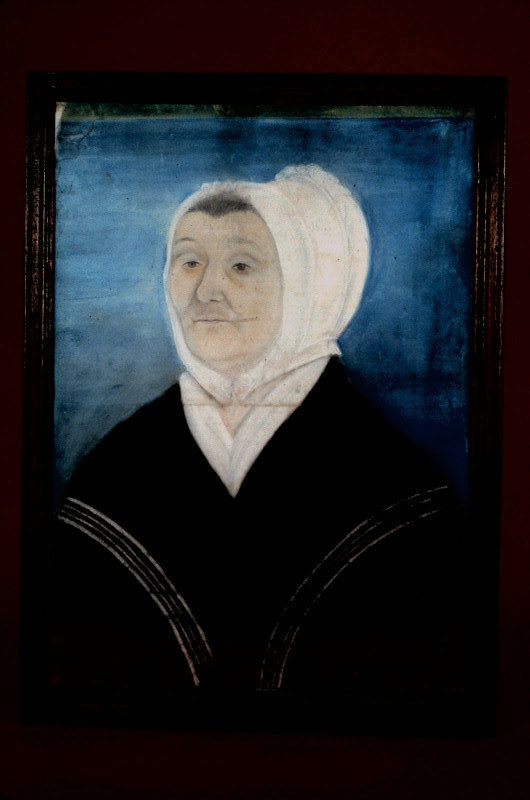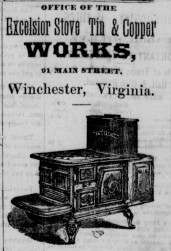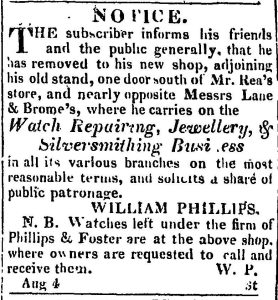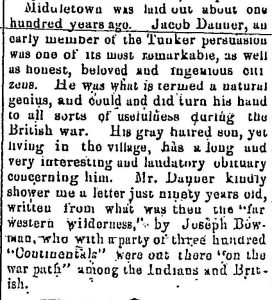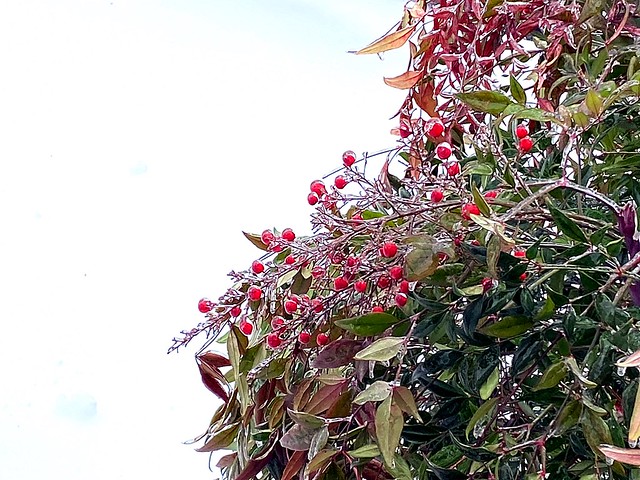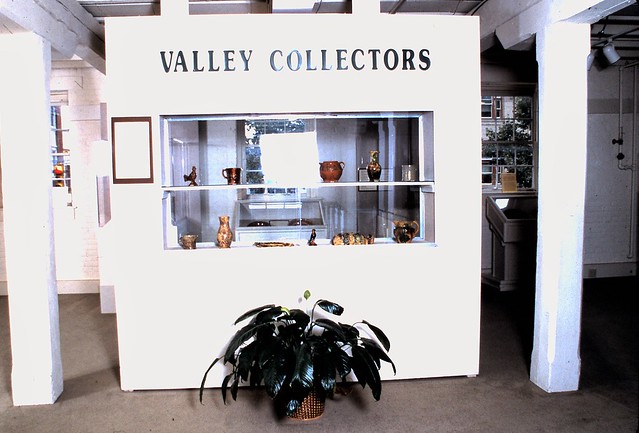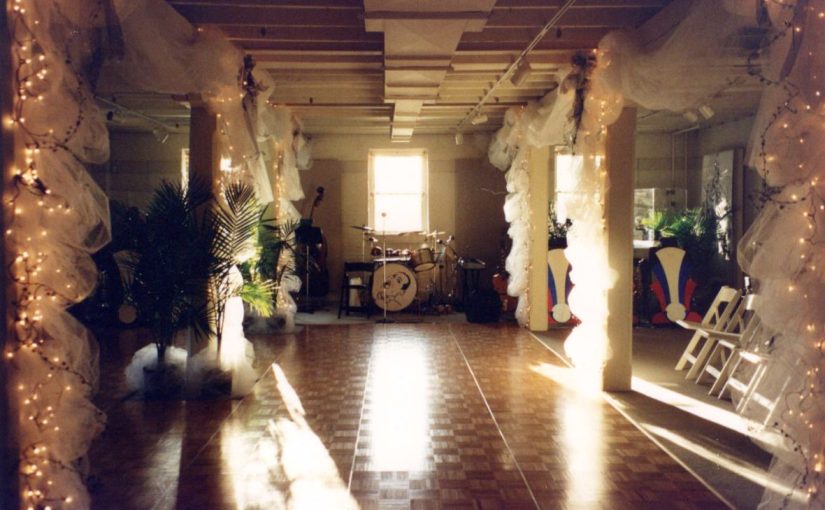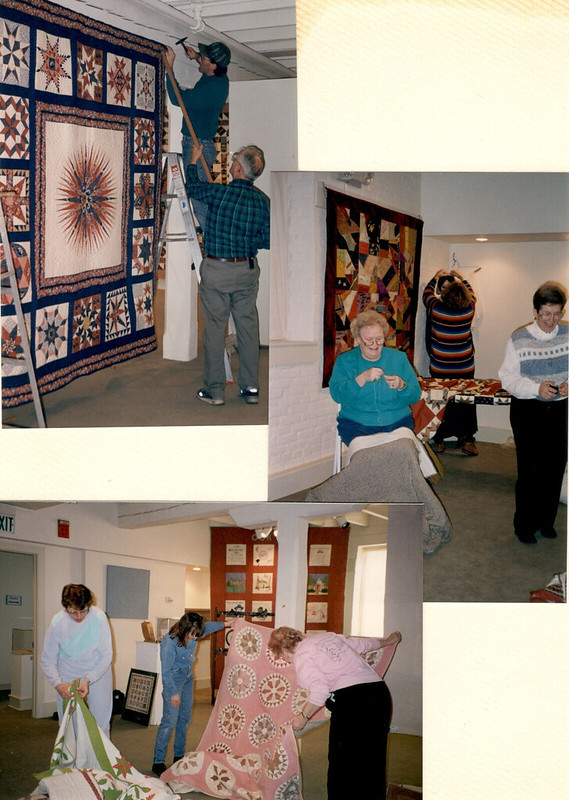The music for this installment is “The Butterfly.”
The text for this installment is adapted from “Fine Art and Fraktur” by Linda Crocker Simmons in the “Valley Pioneer Artists and Those Who Continue” exhibit catalog, with information from the “West of the Blue Ridge” exhibit. Most images of the portraits displayed at the “West of the Blue Ridge” exhibit are from digitized slides attributed to Elaine Rebman.
The 1790s to the 1840s was a period of great flowering for American folk art. Previously represented solely by painters in New England, folk painters active in the South have now been identified. At the time of the “Valley Pioneers and Those Who Continue” exhibit, seventy-five painters who worked in the Lower Shenandoah Valley from 1780-1880 had been identified. Only twelve of those were native to the region: Eleazer H. Miller, Elliot Daingerfield, William Leigh, Alexander R. Boteler, Richard Norris Brooke, Edward Caledon Bruce, Innes Randolph, Johannes Spitler, Jacob Strickler, David Hunter Strother (“Porte Crayon”), William de Hartburn Washington, and Eliza Kern.
Painting in the United States in this period underwent dramatic developments and changes in styles. Although the Lower Valley was not a center for innovation, the painters active here often reflected the changes that had occurred in New York, Baltimore, Philadelphia, or Boston, albeit a few decades later. Patronage determined much of what an artist painted, and in the Valley the demand for portraits was constant, followed in lesser degrees by landscapes, still-lifes, and genre scenes of everyday life.
A diversity of media was usual throughout this hundred-year period. Miniatures were much more common than is recognized. In the decades before the 1840s when photography was introduced, they were the preferred form for small, easily transported portraits. It is likely that many more miniatures were created than are known or have survived. In addition to having a miniature portrait painted in watercolor on ivory, Valley sitters could also commission their portrait in chalk, watercolor, or ink on paper.
In the Valley, as elsewhere, one of the easiest methods of locating a painter was through newspaper advertisements. The two earliest names uncovered are William Dering and L. M. Christophe. Others discovered through similar searches are Charles Peale Polk, Joshua Johnson, Frederick Kemmelmeyer, John Drinker, and [William Joseph] Aldridge. This group was likely the most influential on painters in this region during the “golden age” of folk painting. A significant level of activity was sustained from the 1790s through the 1820s by these itinerants seeking portrait commissions in the Lower Shenandoah Valley.
Orphaned as a small child, Charles Peale Polk (1767 – 1822) was raised in Philadelphia by his uncle, Charles Peale, who taught him to paint. In 1791 Polk moved with his wife and children from Philadelphia to Baltimore where he worked as a portrait painter and merchant. He left in 1796 for Frederick Co., Maryland, then traveled from there as an itinerant painter through western Maryland and Virginia. After the election of Thomas Jefferson, Polk, a political supporter, moved to Washington DC where he received an appointment as clerk, a position he held for 16 years. In 1820 after his third marriage, the family moved to a farm in Richmond Co., Va. where they resided until Polk’s death in 1822.
Jacob Frymire (1765 – 1822) was a portrait and miniature painter. Little is known of his training, but by 1791 he was active in New Jersey and Maryland painting portraits. From 1794-1807 he traveled in the South, especially Virginia and Kentucky. From 1817 until his death, he maintained residences first in Shippensburg, Pa. and later in Hamilton Township, Pa.
In the early 1800s, John Drinker (1760-1826) and Joshua Johnston (1763-1832) began working in Berkeley and Jefferson counties. Johnston is the earliest identified African-American painter in the United States. He has been linked to the Peale family – if not as master and student, at least through familiarity with and similarity of techniques. The only signed painting by him is of Sarah Ogden Gustin, painted in Berkeley Springs about 1800, and in it can be seen Johnston’s typical pallid complexion and linear treatment of details. Drinker was the only one of these early painters to settle in the region. He lived with his wife in Berkeley County until his death in 1826. Valley residents who sat for him included Dr. and Mrs. John Briscoe of Piedmont, Mr. and Mrs. George Steptoe Washington of Harewood, and Mr. and Mrs. Gabriel Jones.
The Lauck family of Winchester became patrons of Frymire and Polk in 1799 when Peter Lauck, Revolutionary soldier and owner of the Red Lion Tavern, was painted by Polk. Peter’s wife, Amelia Heiskell Lauck, was painted two years later by Frymire. It is likely that Frymire knew the Polk portrait of Peter Lauck when he painted Amelia. The effect of Polk’s style on Frymire’s is clear in the loose brushstroke seen in Mrs. Lauck’s shawl and the heightened attention focused on her facial features. Amelia Lauck’s portrait by Frymire is one of his finest works as well as an example of the interchanges of influence between these painters.
As the second half of the nineteenth century approached, tastes began to move away from portraiture. Landscape images depicting the beauty of the Valley’s mountains, rivers, sky, and settlements became more common, along with genre scenes of everyday life. The Civil War seems to have drawn this local age of portrait folk painting to a close. If you would like to further explore works of some painters named in this brief exploration, we recommend visiting the online collection of the Museum of Early Southern Decorative Arts.
Join us on April 15 for our next installment on textiles and samplers!



